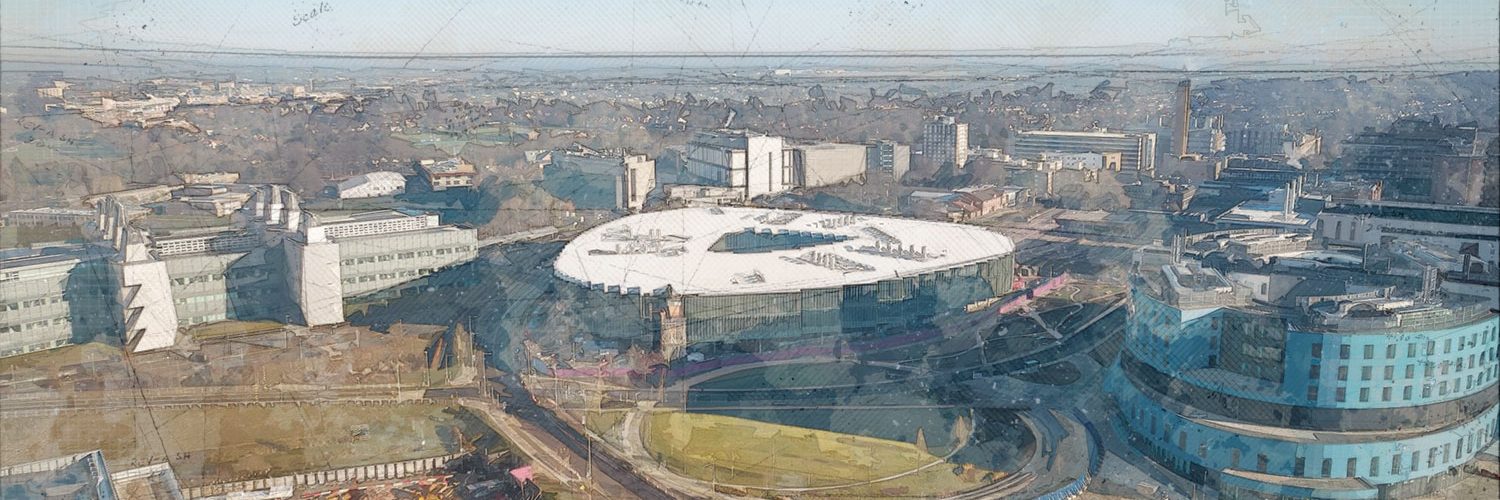I wonder how many people around the city can actually visualise the scale of growth anticipated at Addenbrooke’s and the Biomedical Campus? In the last couple of weeks, the Greater Cambridge Partnership (GCP) has published its Cambridge Biomedical Campus Transport Needs Review. What it reveals about the transport challenge is jaw-dropping.
There are already over 40,000 trips into and out of the site each day. Growth in the next five years is set to generate an additional 30–40%, as Royal Papworth, Abcam and Astra Zeneca take up occupancy. A massive extra 4,000 journeys will apparently be piled on to the morning peak alone, and we know it only takes a small increase to create gridlock.
More worryingly, the much-touted mass-transit game-changers – Cambridge South railway station and the Cambridge South East off-road busway – will lag this employment growth by years. The report is still optimistically suggesting a 2023 opening for Cambridge South, but the busway has been pushed back to a vague “mid to late 2020s”.
And in the meantime, the growth will keep coming: a further 30% increase on top of the level above by 2031 will take the daily trips in and out of the Campus to well over 65,000. Only the most feverishly optimistic forecasts of modal shift to rail and bus – acknowledged as “unprecedented” in the report – will keep the traffic levels down to GCP’s target. The report also states that “additional employment growth may take place if use of the site intensifies, especially if new transport links trigger additional development on the CBC site.” In other words, the measures to mitigate the growth, which will be inadequate and delivered a decade after they are required, may then be used as justification to crank the engine of growth still harder.
Employment growth is about to add enormous load on a transport network which may already be at capacity. Hospital efficiency and healthcare will suffer.
GCP has a two-fold mission: to foster economic growth and to protect quality of life. It needs to come and talk to all of the affected communities around the Campus – now – to explain how it is going to honour both of these responsibilities.
This article was first published in the Cambridge Independent on 6 March 2019.
Links to the Cambridge Biomedical Campus Transport Needs Review:



Add comment